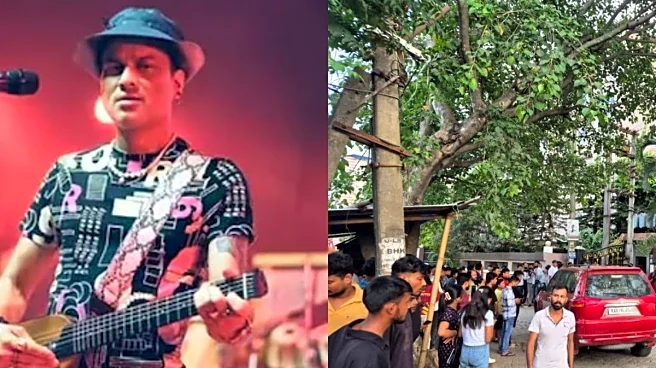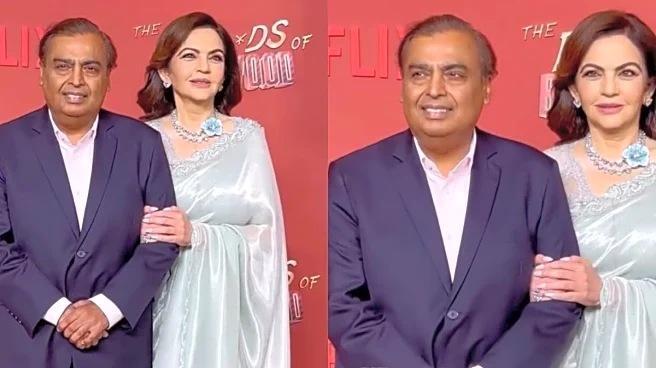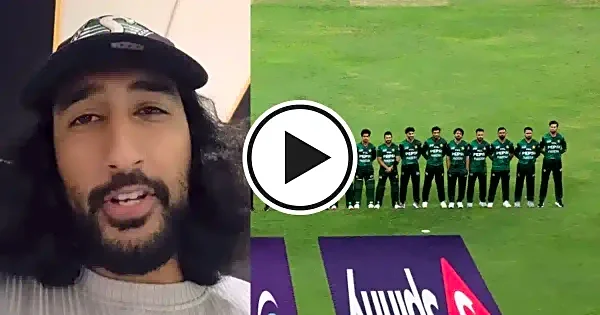Streaming platforms, social media virality, and global collaborations have given new power to creators outside film music, while major industry players are increasingly prioritising fair pay, rights management, and royalty distribution.
This transition signals a maturing ecosystem — one where applause is giving way to equity, and the business of music is no longer confined to cinema but driven by diverse voices across genres and geographies.
The Indian Performing Right Society (IPRS) — the country’s official copyright collective, which represents 9,000 Indian authors, composers, and music publishers as its members and administers and distributes royalties for the commercial use of musical works across platforms and formats — is at the centre of it.
The IPRS has achieved a historic milestone in FY25, distributing over ₹600 crore in royalties to music creators — the highest in its history and a record for the Indian music industry.
“This surge was not incidental but a result of sustained strategic efforts: expanded licensing agreements with digital platforms, telecom operators, broadcasters, business establishments, venues, large-scale events, and concerts,” said Rakesh Nigam, CEO, IPRS.
“Today, digital streaming alone contributes over 80% of our total collections. Equally critical has been our investment in data compliance and integrity. IPRS has crossed a significant milestone — two million works live in our domestic repertoire. But this isn’t just a celebration of scale, it’s a story of transformation. Our DCI (data compliance & integrity) score now stands at 97%, placing IPRS among the top five copyright societies in the world for metadata accuracy,” added Nigam.
Nigam said these indicators point not just to sustainability but to growing global trust, highlighting how IPRS is building a rights ecosystem where every artist, regardless of genre or geography, gets paid what they deserve accurately and on time.
Shifting from applause to equity
For lyricist and IPRS board member Mayur Puri, the numbers reflect a deeper shift in India’s music economy.
“This is more than just numbers. It’s a reflection of the cultural and structural shift in India’s music economy. What we’re seeing is the result of years of groundwork. India is no longer just a content consumption market. It’s now a creator-driven force,” he said.
Puri also highlighted the changes brought about by the surge in digital music consumption in India, in terms of opportunity and responsibilities and the need for inclusivity.
“The explosion in digital music consumption has opened new doors, but to sustain this trajectory, we must make the system inclusive. We are actively balancing revenues across digital, broadcast, public performance, and live events. But more importantly, we are shifting the mindset from applause to fair pay, from exposure to equity. If we can continue to honour both the rights and the soul of music, this trajectory isn’t just sustainable, it’s inevitable,” added Puri.
According to a report byEY-FICCI, India had over 200 million streaming subscribers in 2024, with 192 million free streamers and 12 million paid streamers, with music consumption exceeding 4.6 trillion streams. Out of this, free streams stood at 4.64 trillion, while paid streams stood at 154 billion, with 12.8 average paid streams per month.
Technology-led transparency
Nigam stressed that transparency and accuracy remain central to IPRS’ strategy. “Over the last two years, we have undertaken a technology-led transformation to strengthen rights management and royalty distribution. A key milestone in this journey has been IPRS achieving ISO 27001 certification, making us a globally compliant, certified company that upholds the highest standards of information security, governance, and accountability,” said Nigam.
He stated that the society has implemented a modern ERP system and is now developing a state-of-the-art royalty management system (RMS) that aligns with international standards.
Nigam added that together, these measures ensure that every member — whether regional, independent, or established – receives their royalties with clarity, fairness, and confidence. Puri, on the other hand, highlighted how awareness-building remains critical in today’s era.
“At IPRS, we believe that empowering creators goes hand in hand with system upgradation, covering IPR awareness, community building, and opportunities. Through initiatives like digital literacy workshops and creative platforms, we are helping creators understand how to safeguard their work, claim their royalties, and connect with wider networks,” said Puri.
Independent and regional artists at the core
With regional and independent music gaining global traction, IPRS is tailoring its outreach. It has created platforms, such as the IPRS Stage, to support these artists, many of whom may not be fully aware of their copyright and royalty rights.
“Equally important is our ‘My Music My Rights’ programme, which focuses on educating creators about copyright, licensing, and royalties through workshops and grassroots outreach,” said Nigam
Puri highlighted a pertinent point: the importance of exposure and collaboration in the growth of independent musicians.
“Through initiatives like Soundscapes of India and KOLAB, we bring regional artists to the global stage. We are also partnering with organisations that focus on remote and underrepresented regions, like our collaboration with Task Force for Music and Arts (TaFMA) in Nagaland, ensuring those artists have access to rights education and royalties,” said Puri, elaborating on their efforts to expand exposure beyond education.
Read More: Savan Kotecha’s bold bet on India: Teen pop band and a fight for songwriters’ rights
Preparing for the AI era
We currently live in the era of Generative AI (Gen AI), prompts and technological advancements that are impacting all sectors, and music is no different.
While speaking about the disruptive role of Gen AI, Nigam stressed that the collective's primary responsibility is to safeguard the rights and revenues of the creators in this fast-evolving environment.
“We are deeply involved in advocacy efforts with policymakers and international organisations to establish clear licensing obligations for AI companies, ensuring they respect copyright and fairly compensate original creators,” said Nigam.
Puri, on the other hand, called for a balanced approach, highlighting how Gen AI presents exciting creative possibilities but also complex copyright and licensing challenges.
“At IPRS, we believe human creativity must remain at the centre of music-making, and that all use of creators’ works, AI-assisted or otherwise, must be properly licensed,” said Puri.
Road ahead: Music industry in 2030
Asked about their outlook for the near future, Nigam and Puri shared their respective takes — the rise of regional content and inclusivity.
Looking ahead, Nigam predicted a profound transformation and said, “One of the biggest shifts will be the rise of regional content, which is driving much of the growth and engagement on streaming platforms. Additionally, new business models such as live streaming, exclusive releases, and AI-powered personalisation will create fresh revenue streams for creators.”
Puri said inclusivity will be central to that change. “The music landscape will become more fragmented but also more inclusive, reflecting India’s diverse cultural fabric. With new models like interactive and live-streamed music gaining traction, creators mustn’t be just heard but compensated.”
Read More: Rhythm meets storytelling — how Tāl Fry is taking Indian classical percussion to the global stage

/images/ppid_a911dc6a-image-175828388854885342.webp)





/images/ppid_59c68470-image-175817505828031418.webp)
/images/ppid_59c68470-image-175827502319486756.webp)

/images/ppid_59c68470-image-175810508171424741.webp)



/images/ppid_59c68470-image-175812502969636130.webp)